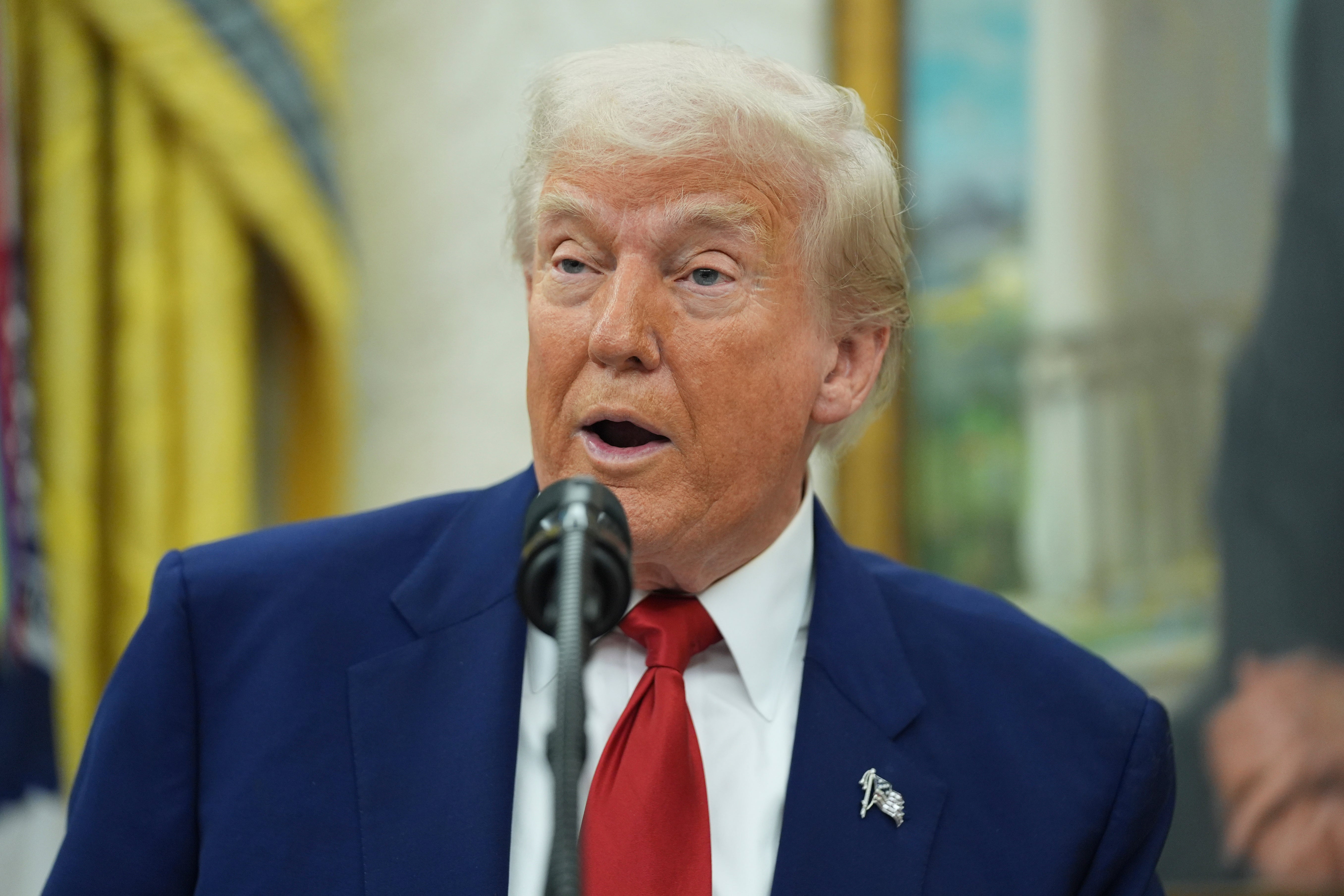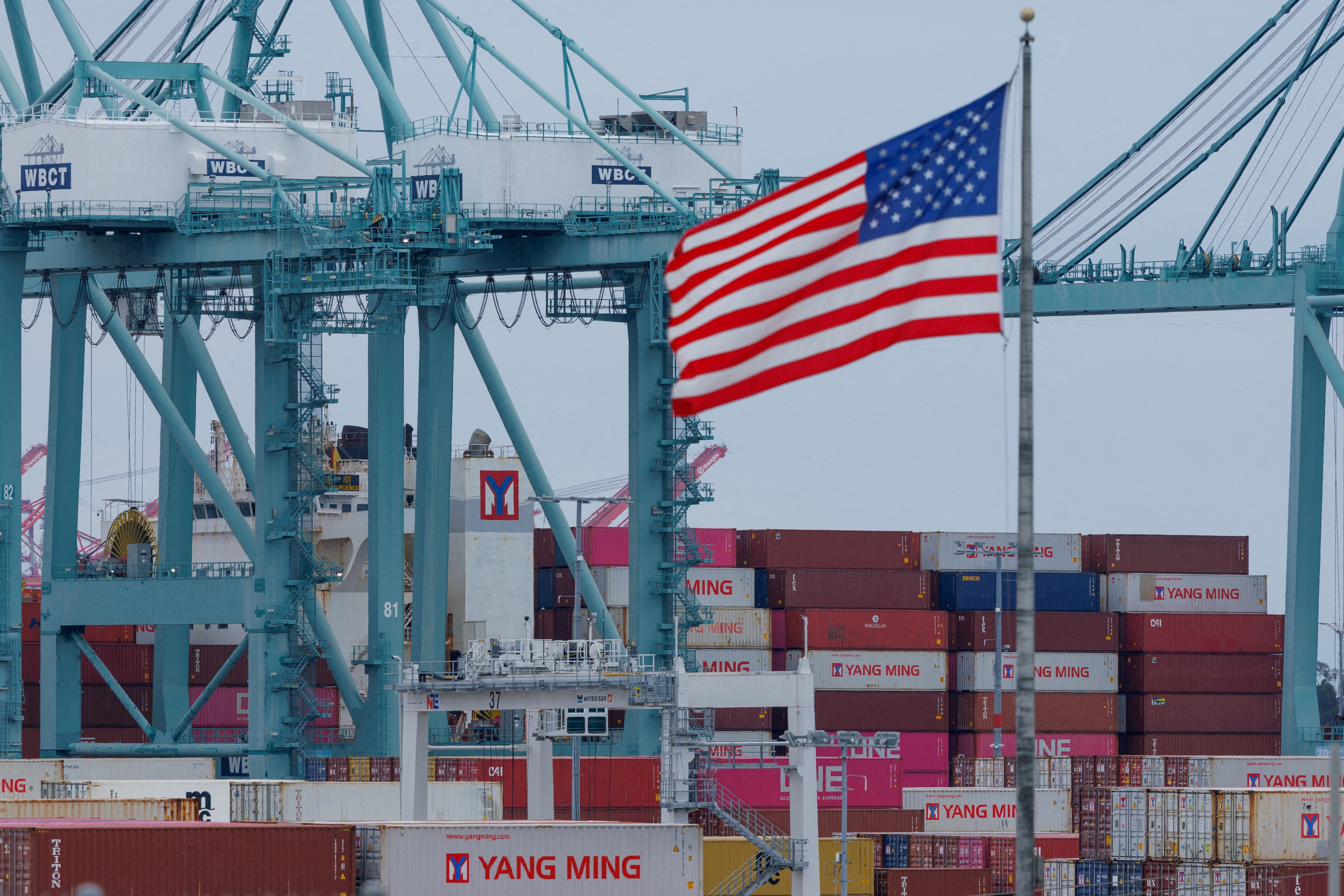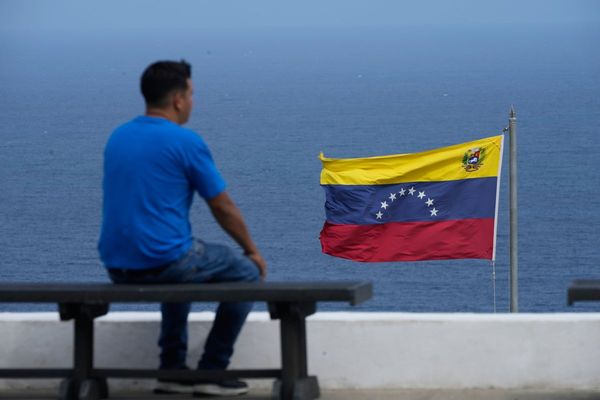President Donald Trump’s administration must dismantle his “reciprocal” tariff policy after a federal court ruled he lacked the authority to create it. But that doesn’t mean the fight is over or that some goods still won’t face tariffs.
Trump’s showpiece trade policy faced a major setback Wednesday after a three-judge panel on the federal trade court unanimously ruled against Trump’s plan to impose his sweeping levies on nearly all of the U.S.’s trading partners.
Within minutes of the decision, the administration filed an appeal to the U.S. Court of Appeals for the Federal Circuit, lambasting the “unelected judges” for their opinion. Stephen Miller, Trump’s Deputy chief of staff, accused the court of a “judicial coup.”
It’s unclear at this time exactly when or how the administration will end Trump’s tariff policy, leaving the future of the president’s trade agenda in limbo.
Here’s what could happen next:
The Court of International Trade, the judicial body that oversees civil lawsuits on customs and international trade law, has given the administration up to 10 days to complete the bureaucratic process of ending the tariffs.
A panel of three bipartisan judges, made up of appointees under former presidents Ronald Reagan, Barack Obama and Trump, ruled that the president overextended his authority when he imposed the tariffs in April without congressional approval.
The administration initially tried to justify Trump’s tariffs by invoking a 1977 law that gives the president emergency powers over the economy. They claimed it was necessary to help balance the U.S.’s large trade deficit. But the Court of International Trade found that the law does not allow the president to “impose unlimited tariffs on goods from nearly every country in the world.”

The ruling means that the administration has to end the 10 percent baseline tariffs, as well as additional “reciprocal” tariffs on China, Canada and Mexico – or find another means of invoking them.
Trump’s 25 percent levies on imported steel, aluminum and autos will remain, pending a Commerce Department investigation. Other sectoral tariffs, such as those on pharmaceuticals and semiconductors, will also stand.
The White House is appealing the court’s decision and believes it will be overturned, Kevin Hassett, the director of the White House National Economic Council, said on Thursday.
“What’s going to happen is first, we’re going to see what happens on appeal, and we’re very confident in our success there because, after all, hundreds and hundreds of thousands of Americans have died because of mostly Chinese fentanyl,” Hassett told Fox Business.
Under this argument, the White House may claim that levies are necessary to stop the flow of fentanyl into the U.S. from China through Mexico and Canada. However, the administration may need to provide concrete evidence to argue this.

If the trade court’s ruling stands, the Trump administration may need to find new avenues to impose its tariffs.
One of the quickest ways Trump could maintain his tariffs is by seeking congressional approval under Section 122 of the Trade Act of 1974, which allows the president to implement tariffs of 15 percent or less for up to 150 days. After that, Congress would need to pass an act to extend them.
It could also impose tariffs under a different law, such as Section 301 of the Trade Act of 1974, which is also known as the “Relief From Unfair Trade Practices.”
Under this, the government can impose trade sanctions on foreign countries that violate U.S. trade agreements or engage in “unjustifiable” or “unreasonable” practices that burden U.S. commerce. That may require investigations into individual trading partners in order to justify the tariffs, which could take months.
James Liddell contributed to this report
Who’ll draw first blood in the tariff wars: Trump or the US courts?
Court blocks Trump’s tariffs and says president ‘exceeded his authority’
Judge orders Trump to stop blocking international students from Harvard
Trump to fight tariff ruling as Stephen Miller accuses court of ‘judicial coup’: Live
Stephen Miller’s wife leaves the White House to follow Elon Musk







